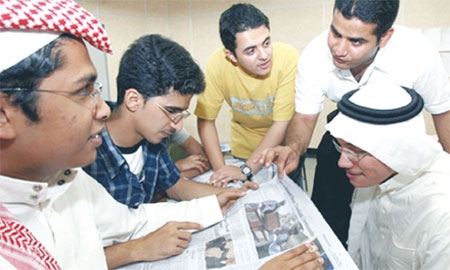Thousands of new schools are being built and the higher education sector has seen rapid expansion, particularly with the opening of new private universities and colleges.
Jeddah has 849 public and private schools for male students and 1,179 for females. It is also home to numerous universities, colleges and training institutions, ranging from the long established institutions like King Abdulaziz University to the new King Abdullah University for Science and Technology, which opened in 2009. The latter, a 6.5 million square foot campus on a 9,000 acre site along the Red Sea, is a world-class graduate-level institution designed to drive innovation in science and technology and to support world-class research in areas such as energy and the environment.
Saudi Arabia’s latest five-year development plan earmarks $200 billion (£125.5 billion) to be spent on expanding access to schools and universities and substantially increasing vocational training. The number of public universities has already increased from eight to 24. Fourteen university research centres have been opened and there are plans for 11 more.
The government wants to see the number of university students almost doubled from 860,000 to 1.7 million by 2014.
Emphasis is being placed on technical, engineering, science and medical programmes and on subjects such as administration and computer science that are relevant to the job market.
In addition to universities, new community colleges and vocational institutions are also being opened. The development plan calls for the construction of 25 technology schools, 28 technical institutes and 50 industrial training institutes.
Considerable advances have been made in women’s education. Women now outnumber men in higher education, making up 58 per cent of the total student population at the universities.
The construction of a new campus in Riyadh will make Princess Noura Bint Abdulrahman University the world’s largest centre of higher education for women, able to cater for up to 40,000 students.
At the King Abdullah University for Science and Technology men and women share classrooms at the kingdom’s first co-education institution.
The education system is becoming increasingly internationalised as relationships are developed with foreign educational institutions in the United States, Europe and China, through cooperation in research and the exchange of academic staff and students. More than 90,000 Saudis have been sent to pursue graduate studies abroad under the King Abdullah Scholarship Programme.
At the same time, Saudi universities are gaining a reputation for quality, with institutions like King Saud University, King Fahd University and Jeddah’s King Abdulaziz University earning very respectable positions in world university rankings.

0 COMMENTS